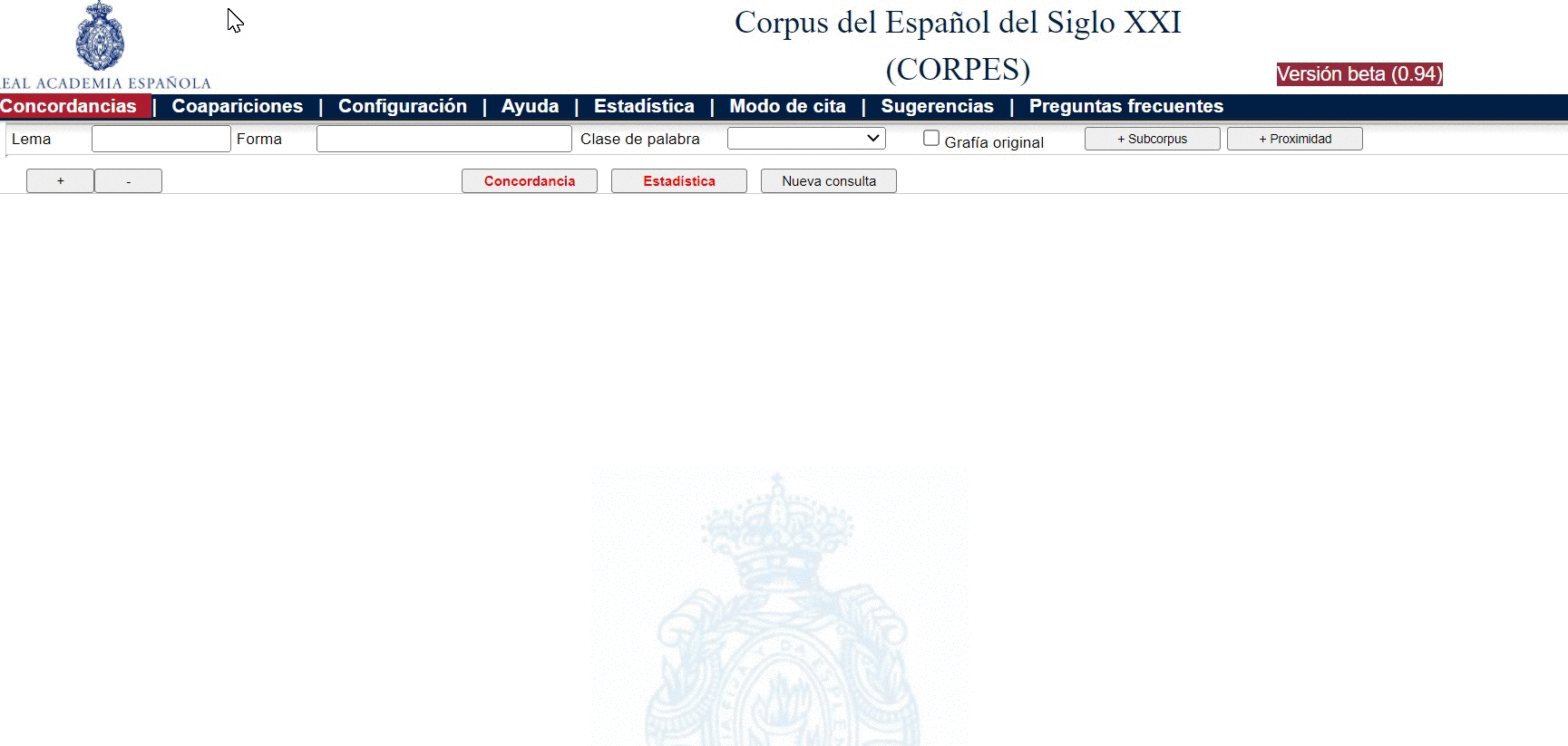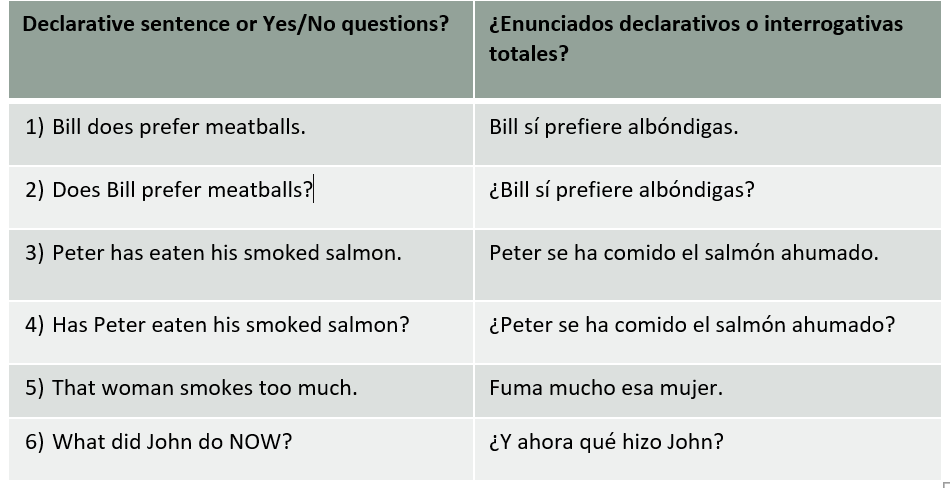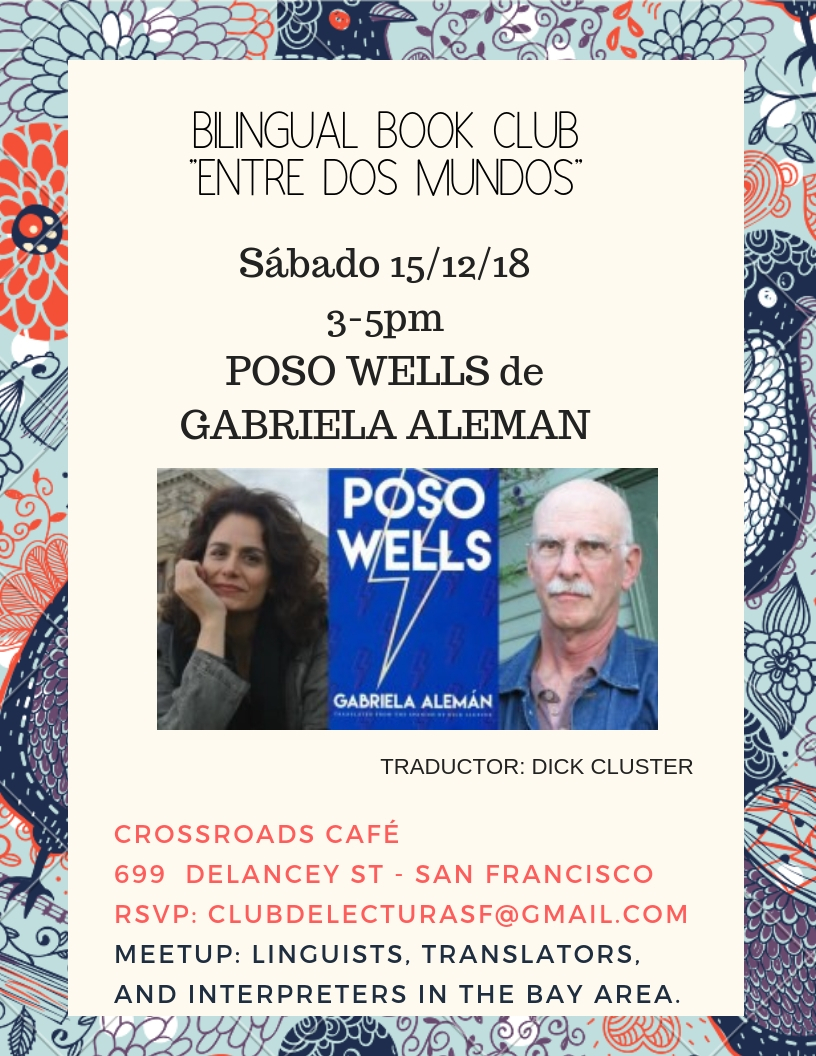A while ago, I read this article on The Guardian titled “Lost in translation: Is research into species being missed because of a language barrier?”, together with a couple of scientific articles that included in it (especially, this one and this one).
I thought this article gave an unfair treatment to environmental translators in particular, and translators in general, so I decided to write a protest blog post.
Environmental translators are staunch advocates for the texts they translate.
First let’s establish some common ground. These are the main take-away messages from the articles that I can’t not agree with:
Because of budget, time constraints and language barriers, a big chunk of the science developed in languages other than English (LOTE) is never published and therefore never available to the wider scientific community.
This reduction in scientific knowledge is detrimental to the world as a whole: less knowledge is disseminated, used, and applied to public policing; our land, water, resources, and wildlife suffer the consequences; academia underutilizes its full capacity; this creates a vicious cycle.
Publishing and making available more scientific articles in LOTEs would benefit global conservation efforts and help close the gap between the global north and the global south.
As the amount of scientific research grows, so does this gap.
Language barriers are not being dealt with effectively.
Many reporters and scientists don’t understand what translators do and how their proficiency can make a difference.
Conservation efforts for migratory shorebirds rely heavily on translation.
I have been a professional translator for over 16 years, and I specialize in conservation sciences. I guess I can say I am environmental translator. When I read that we translators are either virtually non-existent, too expensive or useless, I cringe. I have translated for environmental non-profits for issues I care about, sometimes charging my full fee and sometimes a lot less. I know about this gap in knowledge firsthand, and every time I translate, my intention is to do my part to bridge it, one text at a time.
The article on The Guardian and the other two scientific articles get a lot of points right.
They talk about how linguistic barriers stop outstanding scientists from succeeding in their careers because to succeed in science, you publish or perish; and to publish in today’s world means to publish in English. They talk about how this is detrimental to the global scientific community. Understandably, if scientists working and writing in LOTEs can’t publish, their knowledge is never shared, acted upon or taken full advantage of. Other scientists don’t know about their discoveries or advances, don’t include their evidence or perspectives in meta-studies or even double research efforts. Public policing suffers at every level. Funding is distributed unequally. Local scientists in poorer countries don’t have the resources they need. Local, regional, and global conservation and biodiversity weaken. Academia suffers from a heavily biased source of information. Much less knowledge and scientific evidence is collected and distributed. And the cycle goes on.
Those are accurate, urgent points. It all needs to change. The two scientific articles also give some useful, applicable guidelines to overcome language barriers to environmental sciences.
However, from my perspective as a seasoned environmental translator, here is what the three articles get all wrong:
The Guardian uses the catchphrase “lost in translation” in its article title to hook readers’ attention. It is too easy, and in many cases incorrect, of a cliché to always blame the translator. But apart from that, focusing on the idea of “losing something in translation” is not a productive way to see a translated text and a translator’s work. This rule is as old as the Bible, literally: translators do not translate words. Translators translate meaning in context. Meaning goes beyond one or two words, even those branded as “untranslatable.” Meaning is like human communication—universal. There is always a way to convey an equivalent meaning if you transcend the word level. Meaning does not stand alone, stands in context. Context includes not only the immediate words surrounding a particular term, but also the complete text in which those words are used and the whole social context is which this text has been written and is intended to be used, both in its original language and its translated one. When translators do their work, they are parsing all these aspects and creating a mosaic translation, localizing what needs to be localized, adapting what needs to be adapted, retaining what needs to be retained, restructuring what needs to be restructured.
Similarly, the news article says:
“The specific meanings of words can also pose a problem in translation [...]. For example, in the [...] indigenous communities in the Amazon, many of the local languages don’t have one single word to describe forest snakes and frogs.”
Yes, as it happens in every other language with many terms. Not many languages have one single word to name a particular species. When I was translating a book about migratory shorebirds, I encountered at least 217 names of migratory and non-migratory birds. I translated this book into Spanish, a language that is spoken in 21 countries. In Spanish, one such bird can have ten different vernacular names, often conflicting with each other and only understood in a particular country or region. So, what does a professional translator do? Stand in a corner crying out that this is untranslatable? A resounding NO. We find alternative solutions that favor a wider understanding, like using couplets, triplets, or quadruplets (two, three or four different words referring to the same thing, all joined by commas), definitions, descriptions, and scientific names if the text formality allows it, to name just a few strategies. If you’re interested, I wrote about some of my challenges and strategies I’ve used as an environmental translator here.
Ana Salotti, presenting about her experience as an environmental translator.
3. In the scientific articles, a lot of emphasis is put on the institutional need to equip scientists working and writing in LOTEs with more language skills in English. It is claimed that, if scientists with non-native knowledge of English learn the language, they’ll be able to fully participate in academia, be able to fund their research, contribute their knowledge to the world and ultimately help conservation and biodiversity locally and globally. Yes, learning English or any other language may well be a requirement in today’s academia, where English is the lingua franca. But knowing two languages doesn’t mean you can translate your own research adequately and satisfactorily to get the grant you are applying for or get published in a renowned journal. Knowing two languages is simply not enough to do what professional translators do after spending years in training and in practice. The same can be said about citizen scientists. Citizen scientists can champion serious advances in science, but in certain situations and under certain circumstances they’re simply not enough. Amateur translators, or machine translation to a similar extent, can help in numerous cases, to name just a few: where the stakes may not be high, where the purpose may be to get the gist of a text or where a preliminary analysis is needed to consider whether to translate the full text or not.
4. The use of translators seems to be badly misunderstood. The Guardian article says:
“Scientists can work with an English collaborator, or use a translator – but this ultimately strengthens the cycle of dependency on the global north...”
Additionally, in the scientific articles, some hints are made as to the high cost of translation.
Translators are, therefore, seen as enemies, or opponents, as the arm of dependency to the global north, as a high-cost ballast to the scientific ship. But in reality, translators are authors’ best allies and most ardent advocates. Translators will make translations available only because they believe in their messages. Translators will research one single term for hours or even days, without getting paid for this extensive legwork –and then think about possible solutions for days or dream about the translation, and ultimately keep thinking about that comma they should have added but didn’t in the final version... Professional translators put their heart and soul in their work, just as much as environmental scientists. Most successful translators are truly passionate about their work, just like environmental scientists. We are on the same boat.
So, if you’re considering translating an environmental text that has high stakes for you, consider hiring a professional translator as your best language partner. It will save you time and money and give you a good return on your investment.
Horseshoe crabs are essential to coastline conservation and human health.


























